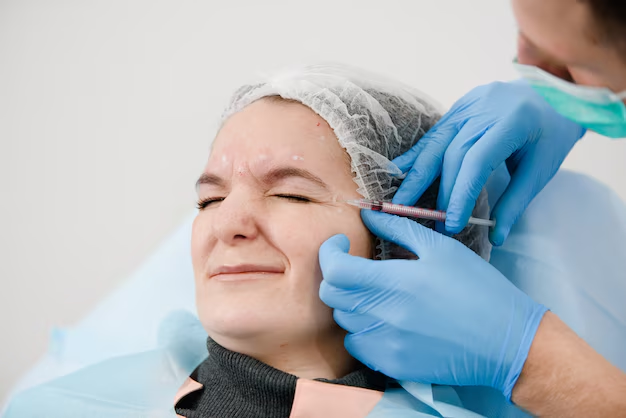Understanding Medicare Coverage for Blepharoplasty: What You Need to Know
Blepharoplasty, commonly referred to as eyelid surgery, is often sought after for its aesthetic benefits, rejuvenating a tired appearance. But it's not always about vanity; for many, it’s a medical necessity. If you're among the individuals considering this procedure for medical reasons, you might be asking: Does Medicare cover blepharoplasty? The answer, like with many things related to insurance, is that it depends.
When Does Medicare Cover Blepharoplasty?
Medicare, the federal health insurance program primarily for those aged 65 and over, does cover blepharoplasty, but only under specific circumstances. Coverage is provided when the surgery is deemed medically necessary. This typically means that the eyelids are severely drooping and interfere with vision. Here's what you need to know:
Medical necessity: Coverage usually applies if you have documentation showing that sagging eyelids are obstructing your vision to significantly impair normal daily functions.
Pre-authorization: Often, Medicare requires pre-authorization. You will need a visual field test from your ophthalmologist, and sometimes photographs, to prove medical necessity.
Documentation and Diagnosis: A diagnosis from a healthcare professional stating that the surgery is essential for health and daily life functioning is critical for coverage.
How to Navigate Medicare for Blepharoplasty
Understanding The Process: It can feel daunting to navigate Medicare's intricate system. Here are some steps to consider:
Consult Your Doctor: Start by speaking with your ophthalmologist or primary care doctor to assess whether your condition qualifies as a medical necessity.
Gather Evidence: You may need documentation, including visual field tests and photographs of your eyes, to showcase the surgery's necessity.
Speak to Medicare: Contact Medicare directly or consult with an experienced advisor to understand your specific benefits for your surgery.
Explore Financial Assistance and Support
If Medicare doesn't cover your procedure, or if you're facing financial challenges, several options could provide some relief:
Financial Relief Programs to Consider
Medicaid: For those eligible, Medicaid can sometimes provide coverage where Medicare doesn't. However, qualification and coverage details differ by state.
Flexible Spending Accounts (FSAs): If you have access to an FSA through your employer, this can be a resource for covering out-of-pocket medical expenses.
Personal Loans and Medical Financing: Some opt for personal loans or specialized medical financing to manage costs associated with procedures not covered by insurance.
Payment Plans with Providers: Many healthcare providers offer payment structures to spread out the cost over time, making it easier to manage financially.
Encourage Educational Opportunities
Knowledge is power—gaining an understanding of health insurance processes and available financial relief can ease stress and open new opportunities. Here are some resources and educational opportunities:
Workshops and Webinars: Many community centers or organizations offer free workshops on understanding Medicare benefits.
Online Courses: Platforms that offer courses in personal finance management can help you better manage and plan healthcare spending.
Summary Table: Financial Assistance and Support Options
| 🌟 Program/Option | 💡 Description |
|---|---|
| Medicaid | State-based assistance, particularly if Medicare falls short. |
| Flexible Spending Accounts | Use pre-tax dollars for eligible medical expenses. |
| Personal Loans | Loans designed to help pay for medical expenses. |
| Provider Payment Plans | Spread cost over time directly with your provider. |
| Workshops and Webinars | Free local and virtual sessions on understanding benefits. |
| Online Courses | Enhance understanding of insurance and financial planning. |
Understanding these nuances and exploring available resources can empower you to make informed decisions about your health care and financial wellbeing.

Related Topics
- Am I Elgible For Medicare
- Am I Enrolled In Medicare
- Am I Qualified For Medicare
- Are Adult Diapers Covered By Medicare
- Are Chemotherapy Drugs Covered By Medicare Part d
- Are Colonoscopies Covered By Medicare
- Are Covid Tests Covered By Medicare
- Are Cpap Machines Covered By Medicare
- Are Cpap Supplies Covered By Medicare
- Are Dental Implants Covered By Medicare